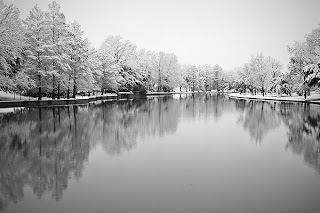Today I shoot everything with a high end, high megapixel camera. I have it set to capture in what they call "raw". This is the image in an unprocessed state. Shooting in raw will give you color and contrast that is dull compared to what you saw and photographed. Many things may need to be adjusted until this image looks the way you remembered it. However, who says it has to look exactly how you remembered it. Neither film nor digital have ever recorded things exactly as we saw them anyway.
The top image was taken last November on Orange Beach in Alabama. This is how the raw file looks in Adobe Bridge before any type of adjustments have been made. This image is surprisingly dull considering it was about five minutes before sunset and the sun had just popped out from behind the clouds. The light was about as sweet as it gets. Its also has not had any sharpening applied to it.
This second image was processed back in November not long after it was taken. Many adjustments were made with the raw converter in bridge. The image was then opened in Photoshop where some final adjustments were made. The last thing I do is sharpen the image. It may seem strange that it needs to be sharpened. I have a $7,000 camera body with a $1,200 lens attached. I have a very steady tripod and use good technique to create the sharpest image possible. However, this is one of those little things about digital that most people don't realize.


















